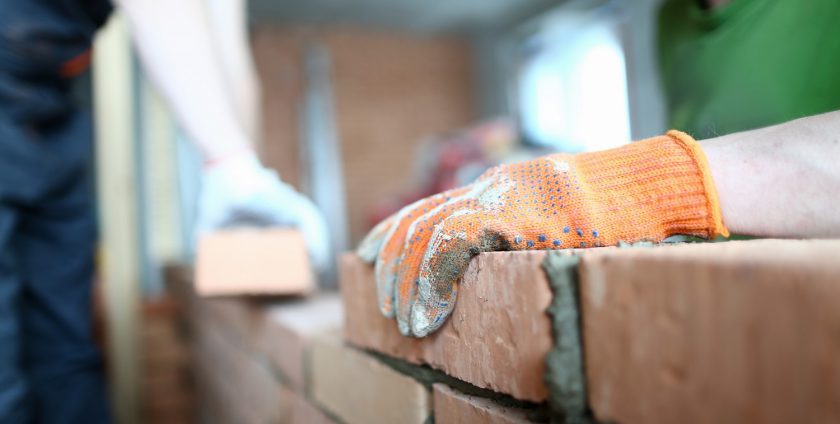
MASONRY BASICS HOMEOWNERS SHOULD BE AWARE OF
- By: admin
- 0 comment
Masonry contractors are specialized in the field of the art and craft of building and fabricating brick, stone, clay or concrete blocks. Known for its durability during inclement weather, most property owners may be aware of this hundred year-old building method on facades, yet not many know the intricacies behind the process of it being built for their fireplaces or chimneys.
Masonry Basics
Components of Masonry
Acquiring basic knowledge of masonry is useful, no matter if you have a brick chimney, stone veneers or solid masonry built in.
Masonry simply means constructing something by fusing mortar together with individual pieces of materials together, such as concrete blocks, brick, marble, stone and others. Not to be confused with spackling which is not composed of sand, mortar is composed from different varieties of sand mixtures commonly made from cement and lime.
Common Uses for Masonry
Masonry can be divided among its two main uses in construction – as solid masonry and veneer masonry.
Solid masonry construction is characterized by standing on its own, bearing its own weight and being able to withstand weather elements. Chimney constructions and concrete block foundations are commonly made from masonry. In addition, load bearing walls are commonly made from masonry as well as entire houses.
Mortar is a strong and durable material that withstands even the worst weather conditions. The type of structure from where it is composed out of stone or brick and where it is built must be taken into consideration. Mortar’s rating comes in M, S, N, and O classifications with the “O” type being the least strong and “M” being the strongest.
Veneer masonry is not made to withstand on its own accord since it is merely utilized to change the appearance of the facade of an existing structure. It can be used in indoor fireplaces which call for both solid and veneer masonry construction. A different type of nice brick can be used to complete the finished look of a hearth and chimney.
Masonry veneer is for interior masonry jobs and needed for the finishing touches of a final look. There is no need to be concerned about its ability to bear weight or withstand extreme weather conditions.
Brick, Stone, and Concrete
Though mortar is commonly formed from brick, concrete or stone block, any individual piece can be mortared together into a structure and be referred to as masonry.
Brick masonry is an option known for its classic and fashionable touch that also functions as a great insulating agent for your home. Brick patterns can be laid out in a strong, serpentine form, with each row being staggered across.
Concrete blocks are bigger than brick and are recognized in the industry for its strength and characteristic of being a high quality material that can form many types of walls especially used in commercial buildings. In addition, concrete blocks are often utilized for the foundations of older homes and can be quickly laid out in a serpentine pattern.
Both dressed and undressed stone can be utilized in masonry. The difference being that dressed stone is easily shaped into a uniform pattern and can be appreciated giving a modern look and feel to many house fronts and hearths.
Undressed stone is also referred to as fieldstone and takes a special skill set to be properly laid since it won’t be uniform. It can be laid out in a “rubble masonry” style in the shape of a wall or a fireplace in order to give it a rustic feel commonly found on old masonry homes and fence structures.
Masonry work is an essential factor to any home or business that requires a specific skill and appreciation for the trade. Its funcion, safety and desired aesthetic effect are important to consider when choosing its style.
Maintenance and regular upkeep should be considered to keep all the components of your masonry as intact and long-lasting as possible.
Feel free to contact us to receive personalized assistance.







